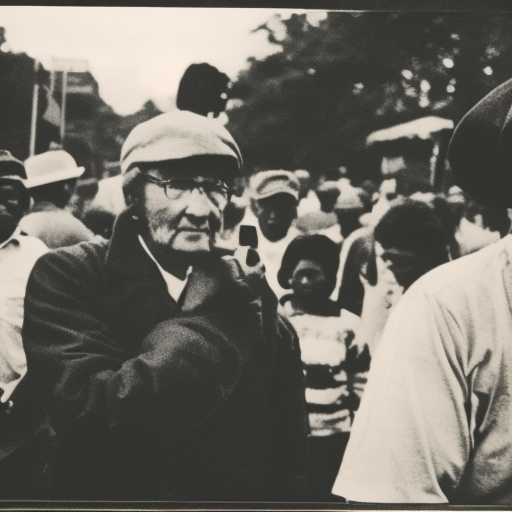Poor People’s Campaign: A Summary
The Poor People’s Campaign was a social movement in the United States that aimed to address poverty and economic inequality. It was initiated by civil rights leader Martin Luther King Jr. and the Southern Christian Leadership Conference (SCLC) in 1967. The campaign sought to bring attention to the plight of poor Americans and advocate for economic justice and equal rights.
Background
The Poor People’s Campaign emerged in the context of the civil rights movement and the growing awareness of systemic poverty in the United States. Despite significant gains in civil rights legislation, many African Americans and other marginalized communities continued to face economic hardships and discrimination. Martin Luther King Jr. recognized the need to address these issues and expand the civil rights movement’s focus beyond racial equality.
Goals and Objectives
The primary goal of the Poor People’s Campaign was to bring together poor people from diverse backgrounds and unite them in a common struggle against poverty. The campaign aimed to highlight the interconnections between poverty, racism, and militarism, emphasizing the need for comprehensive solutions. It sought to pressure the government to enact policies that would alleviate poverty and provide economic opportunities for all Americans.
The March on Washington
One of the key events of the Poor People’s Campaign was the planned March on Washington, which was intended to be a massive demonstration of solidarity and a call for economic justice. Unfortunately, Martin Luther King Jr. was assassinated in April 1968, just weeks before the march was scheduled to take place. Despite this tragic setback, the campaign continued under the leadership of Ralph Abernathy, King’s successor as president of the SCLC.
Resurrection City
In May 1968, participants of the Poor People’s Campaign established a temporary community called Resurrection City on the National Mall in Washington, D.C. The purpose of Resurrection City was to draw attention to the demands of the campaign and to serve as a symbol of the struggle against poverty. The encampment included tents, makeshift shelters, and communal facilities, and it housed thousands of people from across the country.
Challenges and Legacy
The Poor People’s Campaign faced numerous challenges, including opposition from conservative politicians, media criticism, and internal divisions within the movement. Additionally, the campaign’s demands for economic justice and an end to poverty were met with skepticism by some who believed that poverty was primarily a result of individual shortcomings rather than systemic issues.
Despite these challenges, the Poor People’s Campaign had a lasting impact. It brought attention to the issue of poverty and economic inequality, highlighting the need for comprehensive social and economic reforms. The campaign also paved the way for future movements advocating for economic justice, such as the Fight for $15 movement and the contemporary revival of the Poor People’s Campaign.
In conclusion, the Poor People’s Campaign was a significant social movement that aimed to address poverty and economic inequality in the United States. Led by Martin Luther King Jr. and the SCLC, the campaign sought to unite poor people from diverse backgrounds and advocate for economic justice. Although it faced challenges and was cut short by King’s assassination, the campaign left a lasting legacy in the fight against poverty and continues to inspire movements for economic justice today.












